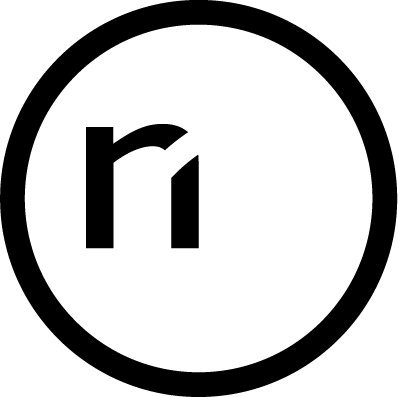Rigid nailing in fracture treatment in children
The global incidence of femoral fractures from road traffic collisions alone has been estimated as high as 2.9 million annually and 30% of these fractures occur in children. Children sustaining a complex lower limb fracture are operated with more extensive surgical procedures than adults. This difference is dictated by risk that surgical damage to the growth plates in the skeletal immature child may result in later limb deformity. Thus, children are currently treated by external fixators instead of the intramedullary nail used in adults. The down-side is that external fixators result in more pain and carry higher complication rates than intramedullary nail techniques.
A paradigm shift in treatment is highly desirable, allowing for children to be operated with rigid intramedullary nails. Recent results from our and other groups have indicated a possibility of this paradigm shift. Experimental studies in goats and pigs as well as a clinical study have shown no detrimental effects on the femoral growth when implanting a retrograde femoral nail through the growth plate. However, only the growth along the long axis of the treated bone has been investigated experimentally and two out of the three experimental studies only examined for short-term detrimental effects.
The overall aim of the PhD thesis is to investigate the long-term effects of growth plate violation on both longitudinal and volumetric growth with stainless steel or titanium alloy nails.
Our hope is that the impact of intramedullary nail use in lower limb fractures, but also in pediatric limb reconstruction, will be high both for the child and its primary caretakers as well as for society, aiming to reduce pain and high complication rates from external fixation, reduce outpatient controls and readmissions rates.
We are honored that this project has been awarded the European Paediatric Orthopaedic Society (EPOS) large research grant and will be also supported by Danmarks Frie Forskningsfond (Independent Research Fund Denmark).
Opdateret


